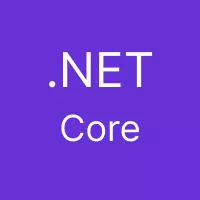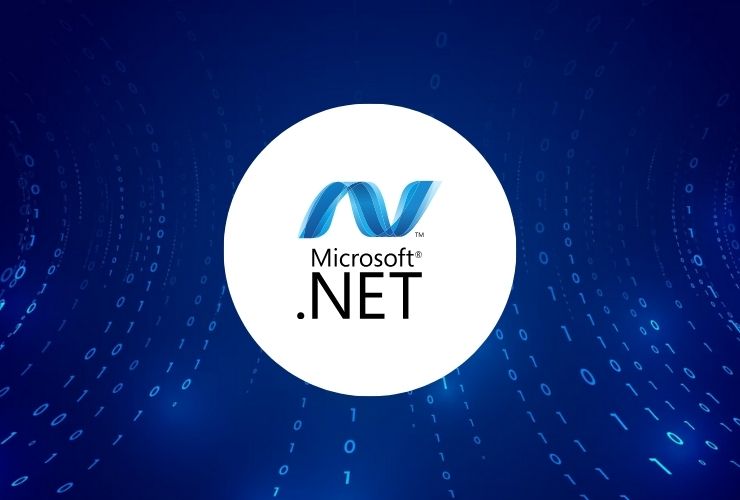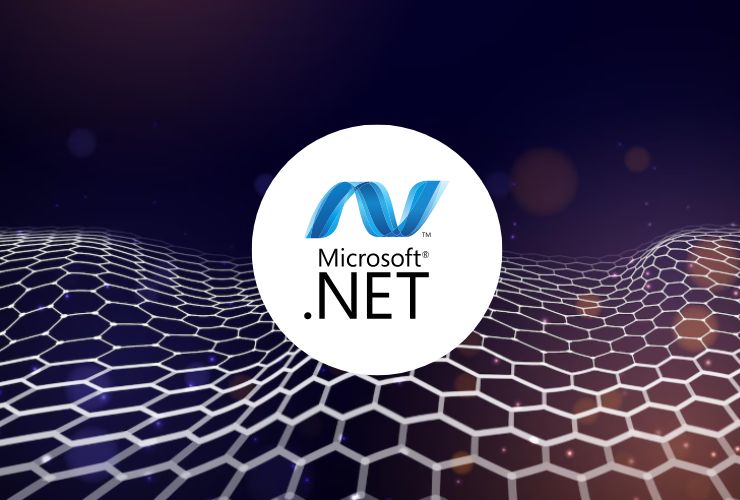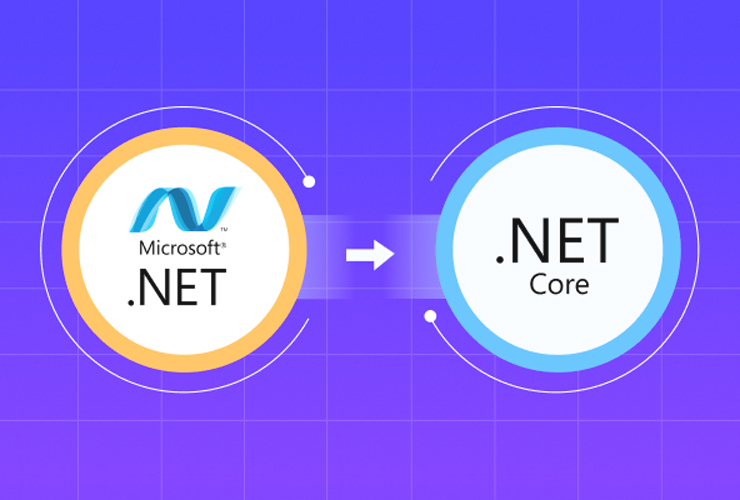.NET Core is one of the fastest-growing favorites among developers as it is flexible, scalable, and feature-rich. It is an open-source, cross-platform framework developed by Microsoft that allows for faster and easier development of robust applications. You can create anything from a simple web application to a large-scale enterprise solution or an API-driven microservice. Let’s dive deeper into the top 5 features of.NET Core that you should know about below:.
1. Cross Platform Support
A feature of.NET Core is its cross-platform capability, which.NET Framework lacks traditionally. NET Core supports the building of cross-platform software because it is developed through cross-platform architecture, for instance, working harmoniously with Linux OS and macOS, as against the Windows-centric architecture that has limited usage in windows only. This cross platform capability assists a developer when there are multiple systems to be covered.
With.NET Core, you can develop applications on one platform and deploy them on another with minimal adjustments. This drastically reduces deployment complexities and supports diverse operating system environments, making it an ideal choice for teams working in heterogeneous environments or with customers on different platforms. It also allows businesses to target a wider audience by expanding their application’s reach to users on non-Windows operating systems.
2. Open Source
The second reason.NET Core is popular with developers is because it is open-source. All the other frameworks are closed or come with a fee; therefore,.NET Core is fully open source and free to use, hence allowing contribution to the development process. Developers get to view and alter the source code as needed and make changes or add on.
It also creates a robust community-driven ecosystem. The platform is being continuously improved by developers around the world, and there is an assured quick response to any issues while new features are constantly added. The transparency of the framework builds trust as well, knowing what’s inside and customizing it to fit the specific needs of the individual.
Besides this, it being open source completely removes the extra cost of money for expensive licenses and allows more companies or smaller startups to engage with.NET Core without stressing over the issue of proprietary products.
3. Performance Optimization
One of the greatest strengths of .NET Core is its performance. Microsoft has optimized the run time for many years to cater to the stringent requirements of modern applications. The performance benchmarks of .NET Core are quite remarkable and surpass most of the other frameworks in various ways. Be it web applications, APIs, or microservices; the architecture of .NET Core allows it to perform efficiently.
Just-In-Time compilation is an integral part of this. JIT compiles code only at runtime, hence improving both startup time and application performance. Moreover, runtime optimizations like better memory management, improvement in garbage collection, and native support for SIMD instructions give the developer the capability to maximize the performance. Thus,.NET Core is the best choice for high-load scenarios, such as enterprise systems, e-commerce platforms, or applications with data.
ASP.NET Core is one of the fastest web frameworks for web applications built on top of .NET Core. In other words, it is good for building a high-performance dynamic web app, especially for serving thousands of concurrent requests.
4. Modular and Lightweight
Developers utilizing.NET Core will love this modularity that makes the overall package different in comparison to days when you need to install one large monolithic framework as a prerequisite. What you get in.NET Core is only components your application actually needs, ensuring a lighter modular structure which could reduce the deployment size, the need for many unused libraries, and accelerate loads.
This modular design also simplifies dependency management. With NuGet packages, a developer can include only the necessary libraries and packages for his or her application in the build, thus making it streamlined and more efficient. It also means the applications run on less memory because of the small footprint of this framework.
For developers who have the necessity of building lightweight and fast applications, .NET Core is tremendous with its modular approach and efficiency which goes well for microservices, cloud-native applications, and APIs where minimalism is a must.
5. Unified Programming Model
.NET Core to the developers, unified programming model enables the same framework to be used for different kinds of applications. There are applications that are just web applications or mobile apps and desktop applications as well as microservices, and cloud-based applications. Instead of a different framework or platform for an application type,.NET Core lets the developers work on the same tool, language, and libraries for everything.
For example, with ASP.NET Core, you can build powerful web applications and RESTful APIs. In case you’re targeting mobile apps, you can use Xamarin to build cross-platform applications for Android and iOS. In case you’re building cloud-native applications,.NET Core’s integration with Azure makes it easy to scale your apps seamlessly.
This approach unifies the complexity of managing multiple technologies and accelerates the development process because teams can learn one technology stack instead of a few.
Conclusion
.NET Core has proved itself as a versatile, flexible, and high-performance framework for creating any type of application. Building enterprise-level applications, microservices, or even web APIs have all been perfectly accomplished using this framework due to its cross-platform capabilities, being open-source in nature, a modular architecture, and performance optimization.
The unified model of programming for several application types, along with scalability and speed, makes a firm position for .NET Core among the best used in modern software development. As the future for .NET Core goes forward, it will only become a much powerful technology over the years.












